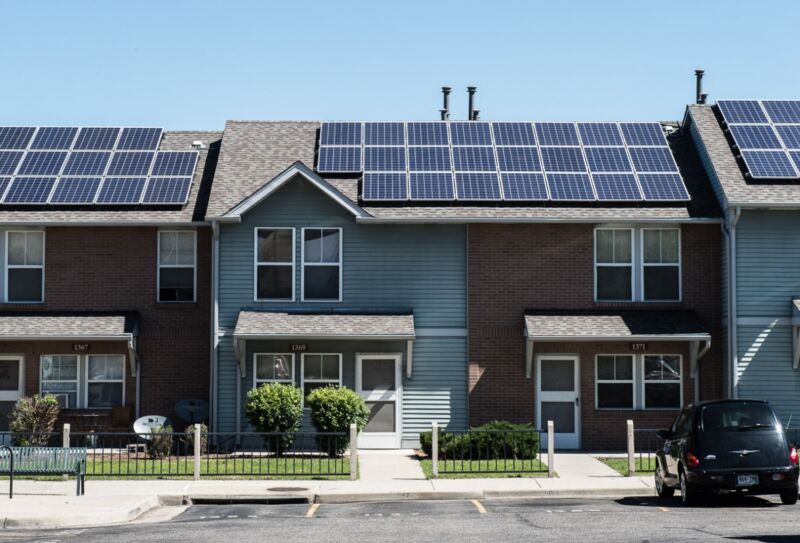How to change US housing to hit Paris Agreement goals

So far, the focus on cutting the US's carbon emissions has fallen on two obvious targets: electrical production and transportation. But to engage in the sort of deep decarbonization we'll need to address climate change, we can't really ignore any significant source of emissions. And the places we live are significant sources-even before the pandemic kept many of us from leaving the house, US households accounted for about 20 percent of the country's energy-related carbon emissions.
On its own, the authors of a new analysis say, US housing would be the world's sixth largest emitter of greenhouse gases, placing it ahead of Germany. How do we get that down in order to address climate change? To find out, some researchers from the University of Michigan did an incredibly detailed analysis of the US's housing stock, figuring out the factors that influenced its carbon emissions. They then calculated which options might bring those emissions down to where they'd be compatible with the goals of the Paris Climate Agreement.
Emissions at homeTo understand US housing's energy use, the researchers started with average samples of the housing in each state, with the number of buildings ranging from 100,000 to 10 million. This data included information on the building's age, how much space it enclosed, how it's heated, and so on. Their model also incorporated details of things like power use, housing density, details of the electric grid, and so on.
Read 10 remaining paragraphs | Comments